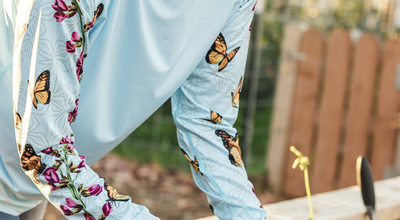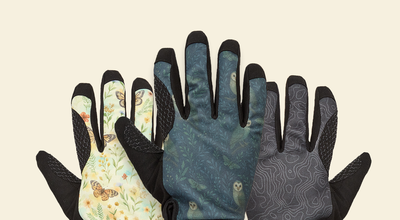An Expert Guide to Growing Your Own Pepper Plants
There’s been a recent wave of chili plants flooding gardens worldwide. But it’s more than a trend; there’s a lot to love about the art of growing peppers, including the endless discovery, now that more than 50,000 pepper varieties are being cultivated worldwide.
So Why Grow Peppers?
Good investment! The plant gives 25-100 peppers. Each pepper provides 100-500 seeds which provide at least 30 plants next season. One chili plant can keep producing peppers for up to 5 years if properly taken care of after. Years 2 and 3 are usually the most productive.
How to Grow Peppers
Pepper seeds can be sown directly in the soil or be started in seedling trays. =
They are all members of the nightshade family and Solanaceae. Peppers are close relatives of tomatoes, eggplants, and cape gooseberries. Which means they all have similar growth requirements.
Peppers need warm growing conditions, so plant your peppers once the soul has started warming up and the chance of frost is long gone.


How They Grow
Pepper plants will start to flower and develop fruit 2 to 4 months after transplanting into the soil.
The flowers are self-pollinated with the aid of buzzing bees. But if your fruits aren’t set, or there are no pollinators, you can hadn’t pollinate the peppers by tapping the flowers gently.
If you plant the seeds in trays, allow them 1-3 weeks to germinate and another 6 weeks to establish before transplanting them out. When transplanting, make sure to loosen the roots (especially if they have become potbound) & plant them with their leaves just above the soil. Place a sprig of rosemary next to the seedling to provide shading and protection from pests.
Peppers love and need warm temperatures to grow and should be placed in an area that gets full sun for at least 6 hours a day.
Keeping Your Peppers Happy
If you regularly add compost to your soil, little else will be needed besides watering. If you regularly add compost to your soil, little else will be required besides dampening. If your soil is not fertile and dark, mix some compost and bonemeal into the soil before planting.
Keep the soil moist—test by pressing your fingers into the soil.
The color & flavor of peppers changes as they develop, starting with green pods, hidden between the leaves, with the mildest flavor; the plant is protecting/disguising the fruit until the seeds have matured.
As the seeds mature, the fruit changes color, becoming brighter and more flavorful and attracting animals to eat the pods and disperse the seeds.
Harvest!
Once the fruit is ripe and ready to harvest, the stem connecting it to the plant becomes brittle, and the fruit can be harvested with a gentle tug. Some may enjoy the flavors of less ripe peppers. These should be harvested with scissors to prevent damaging the plant.
If you want to save the seeds of your peppers, allow them to ripen on the bush until the pod has dried out completely. Harvest the dry pod and crush it open to collect the seed. Remember to wear gloves because the peppers are still spicy when dry.


The Spicy Ones
Capsaicin makes peppers spicy, and those rich in this hot spice can be made into an effective insect repelling spicy (for your plants!) If it burns our mouths and makes us tear up, think what it must do to insects. Also effective for rodents. Birds, on the other hand, love the taste.
Capsicum annuum
Most popular, and includes: bell peppers, sweet Italian peppers, jalapeños, and Serrano chiliesCapsicum baccatum
From Peru, fruity flavorOften fruits have funny shapes
Includes: peppadews and bishop crown
Capsicum chinense
The scorching peppers, including some of the world's hottest cultivarsIncluding Trinidad scorpion, habanero, Bnut Jolokia (hottest chili)
Capsicum frutescens
Best container peppers, very ornamental, develop clusters of small podsIncludes: tobacco and birds eye
Capsicum pubescens
The secret peppers are not widely cultivatedThe fruit is dense and juicy, and the leaves are hairy (pubescens = hairy)
And if you’re growing anything else in the garden, try basil and tomato plants with your peppers; they make good companion plants. Is it a coincidence that they go well together in a dish too?












